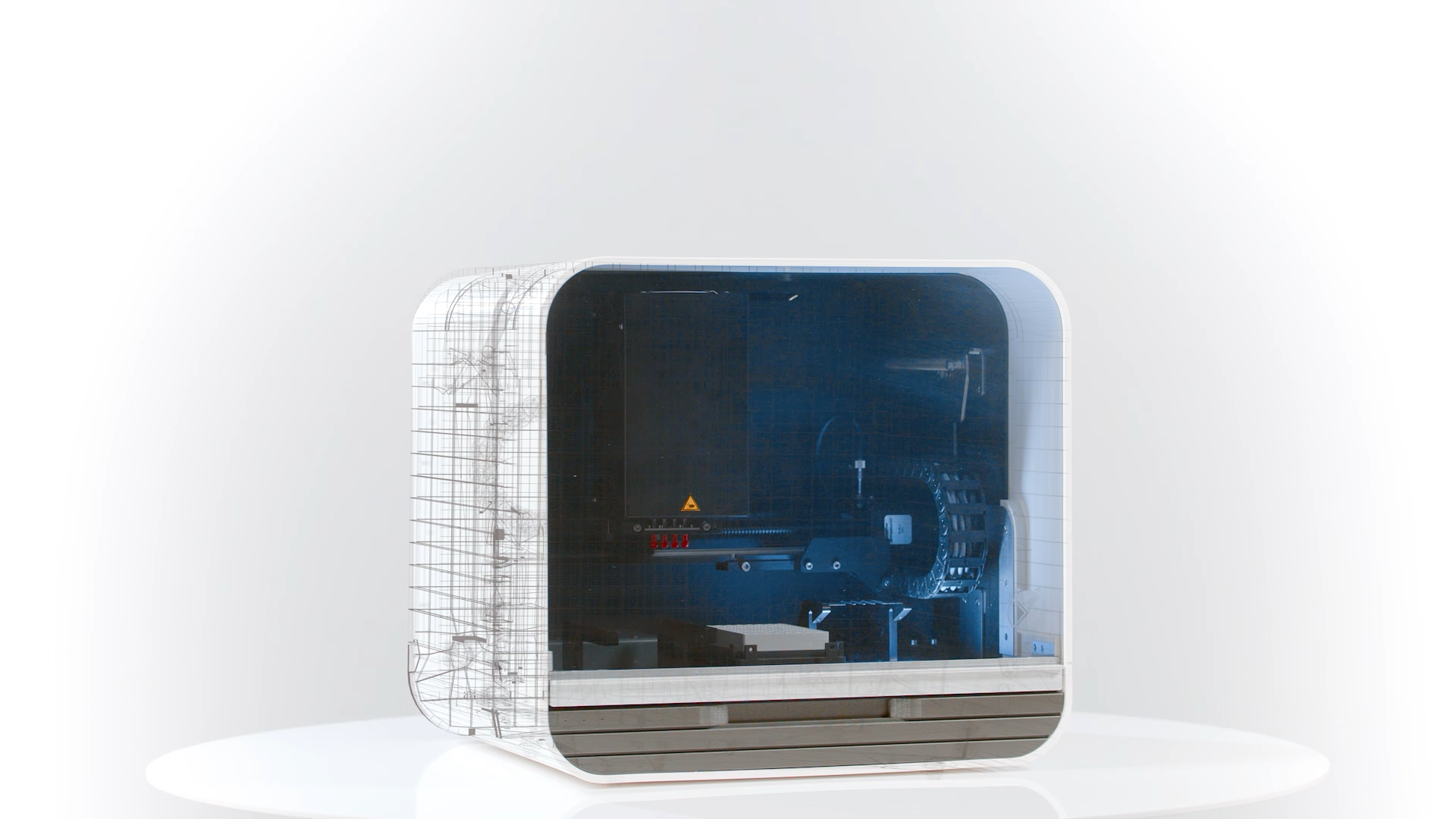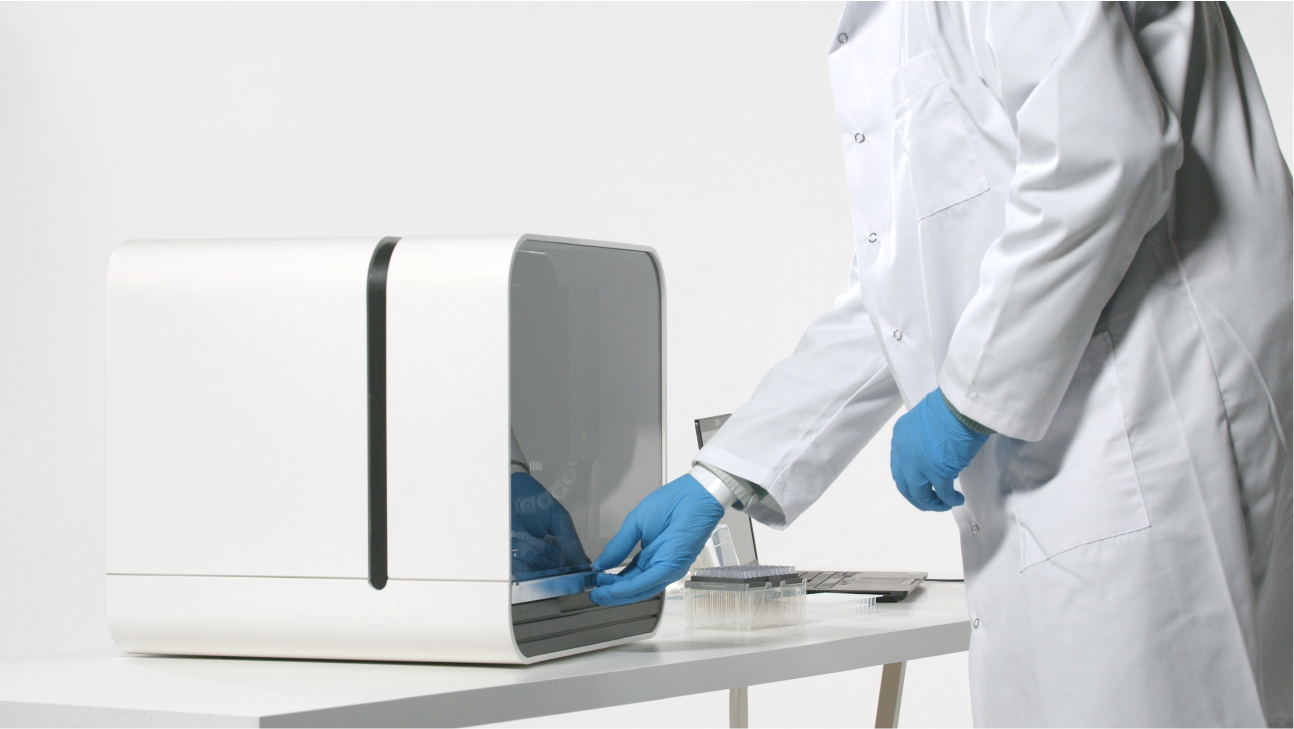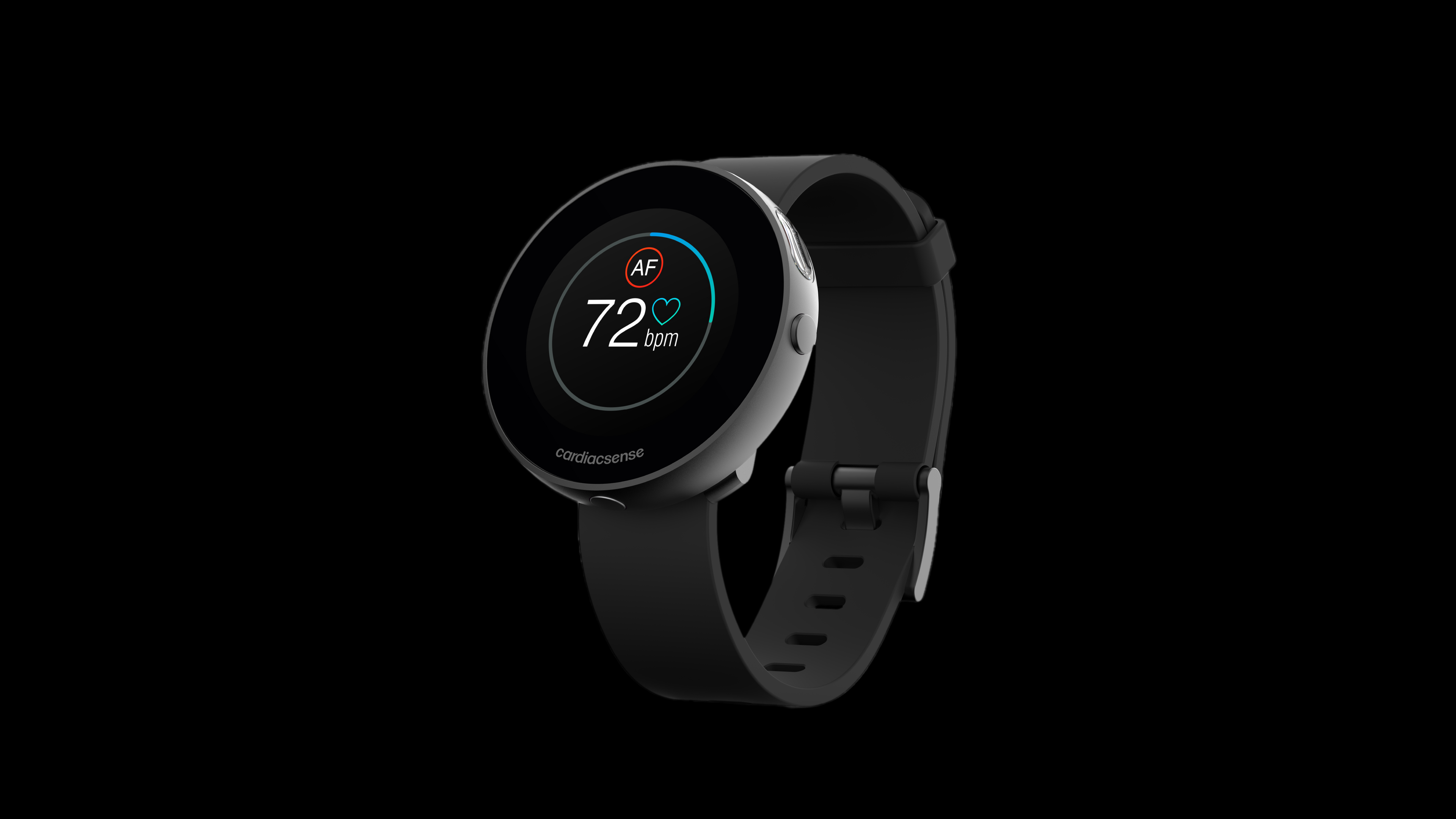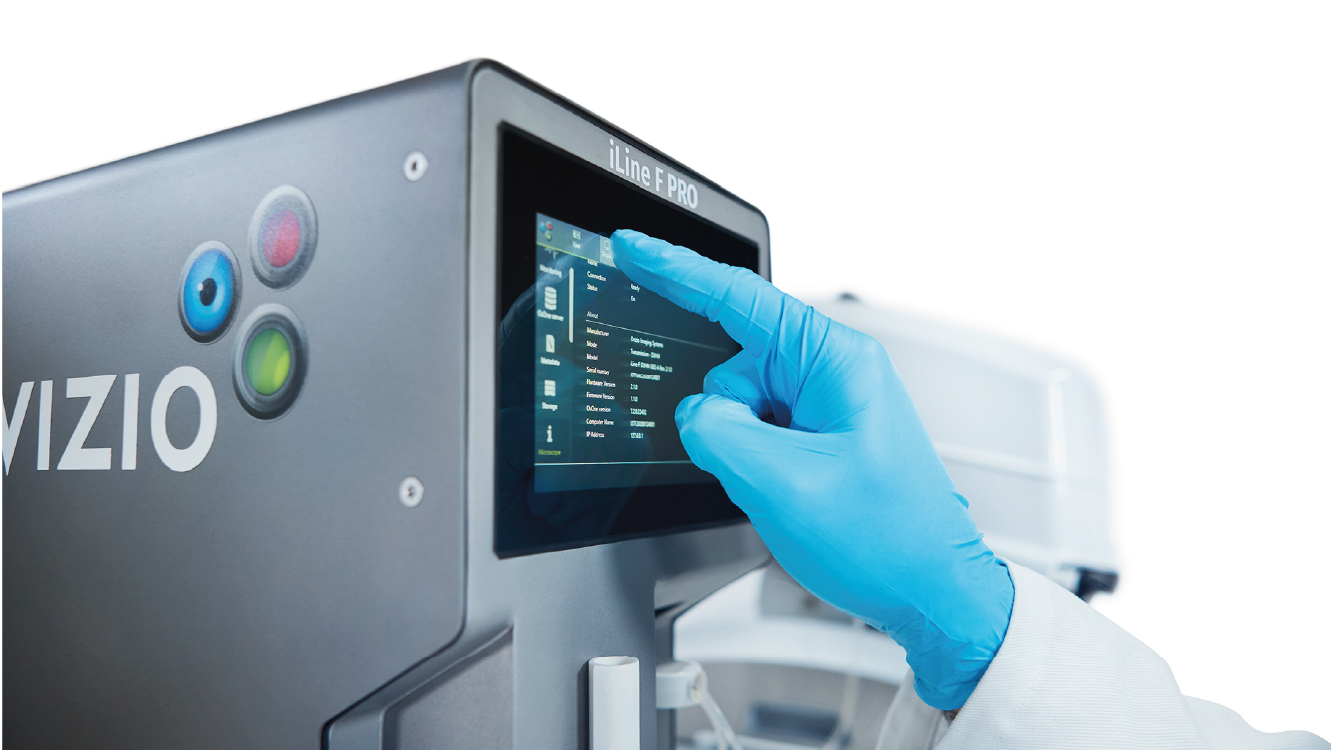Written by Emma Buchet
So, you’ve made a huge breakthrough on a project you’ve been working on forever, or found that your drug can actually treat a whole other group of people you hadn’t considered… and you want to tell the world! The only thing holding you back is that you’re not sure exactly how to do it impactfully.
The world is at your fingertips
In the current age of fast connection, it is easier than ever to disseminate your findings, ideas, or news. From online information sharing through social media, to in-person attendance at conferences around the world, there are multiple chances to find someone who resonates with your message. The problem facing us today is how to make sure we get heard amongst all the noise.
Even if your story makes it through, how can we ensure it reaches the right ears? Experts in other domains (policymakers, investors…) and media contacts (journalists, communicators…) can have just as much influence on your future as your scientific colleagues. You have to adapt your story to each one.
Ticking the boxes
Before starting your mission to spread the word, you must ask yourself some questions. What do you want to say? Why are you telling this story? What about this makes you passionate? If you were in a room with billionaires looking to invest in a project, what would make them invest in you?
Next, ask yourself what do I need? Is a website enough, or should I think about writing a white paper to tell this story? Is this something that should be told through words or a high-quality video? How do I get the press interested in my big breakthrough?
Once you answer these questions, think about your priorities. Do you have the time to spend creating interesting and accurate stories? Do you have an urgent event or presentation coming up?
Let’s get started!
If you manage to answer most, or all, of the questions above, then congratulations, you can start communicating! Here are some tips to follow to get that ball rolling:
- Try to keep it as short as possible and as long as needed. Articles, brochures, application notes, etc. are likely to be accessible to a wider audience than a long-winded and heavily scientific publication.
- Speaking of heavy, keep it light on the jargon and acronyms. People have heard of DNA but may not know acronyms like SNP, ADA, or TLR or abbreviations like sp.*!
- Use keywords (gene editing, in vitro diagnostics, medical wearables…) to enforce your message and make it clear to the reader what you do or what you are offering.
- Support your text with other methods of communication. Draw the eye of the viewer to your story by using key visuals and a unique brand, or engage their interest through a video or animation.
If you judge a fish by its ability to climb a tree…
You’re an expert in your field, but if you ask someone in IT to use a program frequently found in the lab, they may have a difficult time even if they are experts in software!
Sometimes you have to reach out to professionals trained in communication. You are the best person to tell your science story, but investing in creating a great communication plan will make it last longer. Bring your passion and your ideas to the people that can turn it into something amazing, and watch your audience grow in size and engagement.
From scientists to storytellers
Many of us were scientists first! Our copy team is comprised of writers trained in marine molecular virology, molecular medicine, human development, genetics and epigenetics, and data analytics. All three decided to combine their storytelling and science skills and pursued careers in science communication to help researchers tell their amazing stories in the best ways possible.
If you have an interesting story to tell (or need help finding it), reach out to QbD Business and Communications to help with your marketing and communication challenges in life sciences and technology.
*SNP (single nucleotide polymorphism), ADA (anti-drug antibody), TLR (Toll-like receptor), sp. (species).












